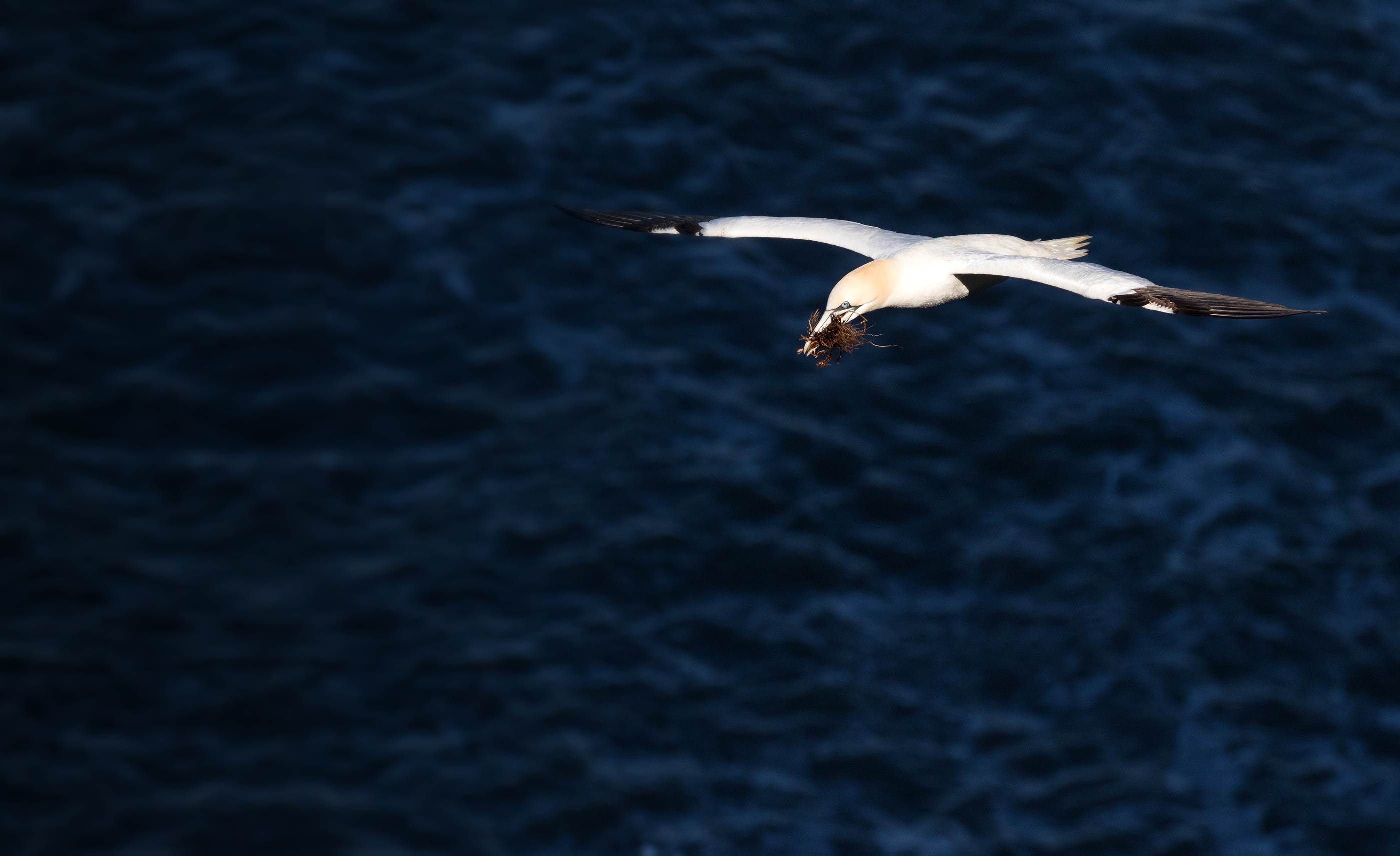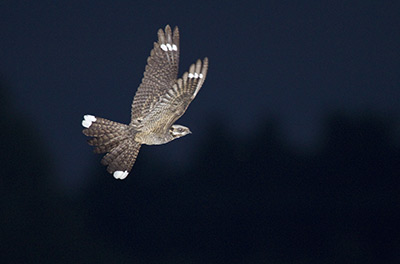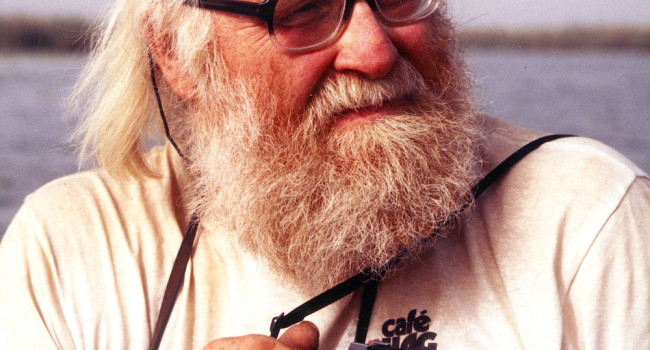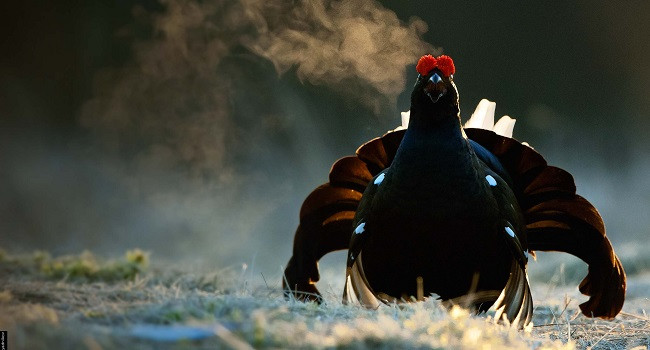Breckland Nightjar Research
The European Nightjar Caprimulgus europaeus is a Red-listed priority species in the Britain. The British population is now increasing, but has declined by almost 50% in Thetford Forest, to 280 territories (Conway & Henderson 2010). This decrease has been attributed to a loss of 1-10 year old young plantation forest (Dolman & Morrison 2012) in which the Nightjars breed, yet it remains puzzling why breeding densities in existing suitable habitat are relatively low (see below). Meanwhile, forest management intervention is place to create new breeding habitat for this species.
Comparison between Thetford Forest and Dersingham Bog SSSI (80 km away), show that breeding density is around 10 times higher at Dersinghsam, though there are only 25 pairs. The difference suggests that either suitable nesting habitat is scarce at Dersingham and the birds concentrate on what is available, and/or that higher quality foraging habitat is available than in Thetford Forest. That the quality and proximity of breeding and foraging habitats may influence settlement decisions and densities is clearly of conservation interest.
Thetford Forest is mostly rotational conifer plantation, with grass heathland components. Dersingham Bog is smaller but more diverse, with heathland, mire, farmland, deciduous and conifer woodland, and is possibly of higher quality. If so, one might expect the typical foraging ranges of Dersingham Nightjars to be ‘tighter’ than at Thetford Forest, with smaller home ranges and shorter distances travelled. To test our predictions, GPS tracking is deployed to objectively assess the activity patterns of this species. The data will identify key foraging habitats, the relationship to breeding habitats (the same or different) and, importantly for birds, they scale and frequency of movement within around landscapes and between populations.
The BTO has been involved with Nightjars to varying degrees, for several years. In the last two summers our efforts have utilised GPS technological advances to investigate Nightjar seasonal and inter-seasonal movements, as on migration. On the breeding grounds, we are currently deploying tail-mounted GPS tags (in 2014 to 2016) which collect over 500 high precision fixes per bird, over 4 or 5 nights. These are spatial and temporal data of high precision and high objectivity. Tagged Nightjars must be re-caught in order to retrieve the data, and as such we are indebted to the team of volunteers who help us succeed!
For Nightjars, the BTO is in strong collaboration especially with Natural England at Desingham Bog and with teams in Belgium and Sweden , though also with the Sherwood Ringing Group and the University of York. The collaboration fosters representation across different landscapes within the species’ breeding range.
The study’s key aims are to
- To inform management practice.
- To assess habitat use, landscape connectivity and populations carrying capacity.
- To understand the scale and complexity of movements within and between seasons and populations.
This is new applied research, using state-of-the–art technology to solve conservation-related problems on a priority species. Donations to the project are always gratefully received and fully acknowledged!
For further information about the BTO’s work in Breckland, please contact Greg Conway greg.conway [at] bto.org Ian Henderson ian.henderson [at] bto.org.
Acknowledgements
Sincere thanks to all the volunteers that help with the Breckland projects, and not least Nightjars. Thank you for funding from the Forestry Commission (Eastern Region) and British Birds.







Share this page